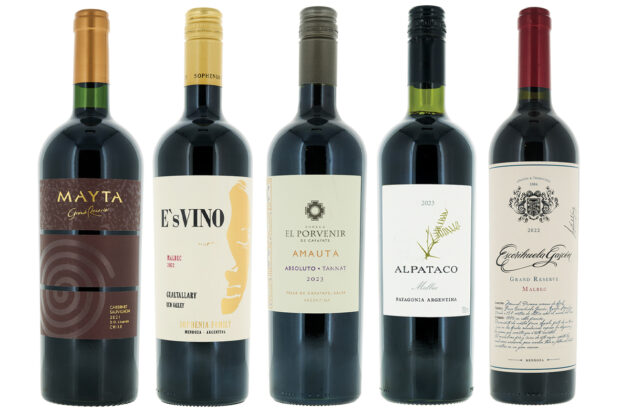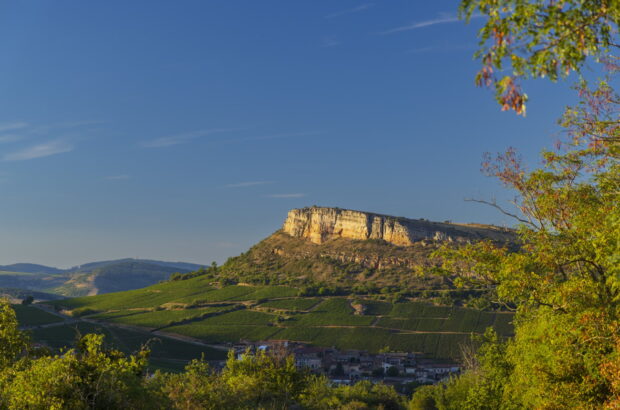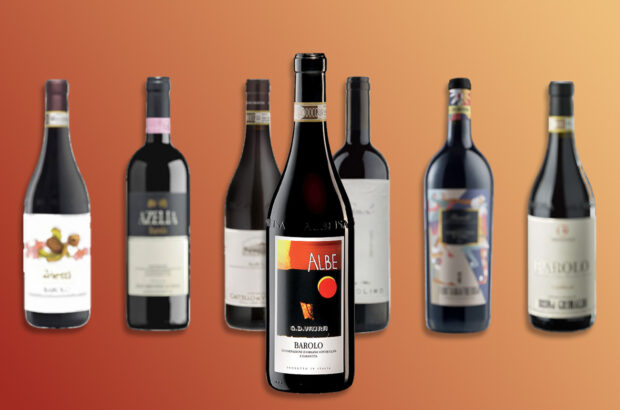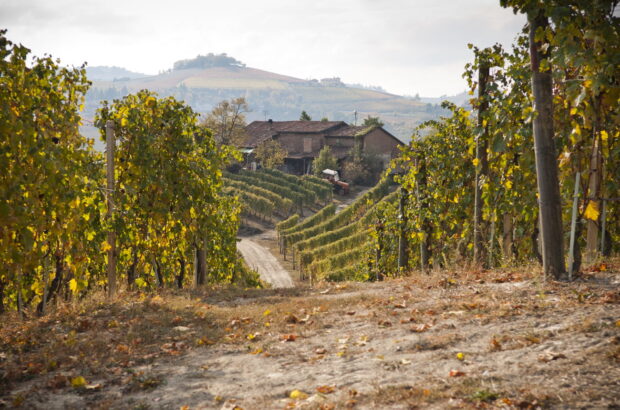Casa Bigote, by the mouth of the river, was one of the few bars still open. We ordered a half-bottle of manzanilla (priced just €7) while we waited for Thomas de Wangen of Sotovelo. The copas glistened; the wine in them was steel-green.
‘Oh no,’ said de Wangen, walking in a few minutes later. ‘Look at that colour!’ The remark shocked me. His glance told him that the wine had been filter-stripped before bottling, eviscerating its character. At that moment, it sunk in. Yes, the Sherry world has changed.
Here’s an intriguing story. Twelve years after founding a wine-importing company in Shanghai, de Wangen sold it (in 2019), came to Jerez and bought 20ha of fine limey clay soils in Balbaina, west of the city – to make an unfortified wine of the place as naturally as possible. ‘I’m convinced,’ de Wangen says, ‘that Jerez can produce world-class unfortified white wines, with the unique character of the veil of flor [layer of dead yeast cells protecting the surface of the wine maturing in barrel] – in my view, a key element to the local terroir.’ Moreover he found a singular partner for Sotovelo (which means ‘under the veil’).
Charles Rolls loves fino. His drinks career began, though, when he acquired a quarter-share in Plymouth Gin in 1997 and, as managing director, nursed it back to prominence; it was sold in 2000 to Absolut’s owners V&S Group. Rolls had discussions with the almacenista business [specialist in maturation] El Maestro Sierra after that, but never went further; instead, he suggested to his future business partner Tim Warrillow that they take on the huge but tired tonic and mixers market. The pair founded Fever-Tree in 2004; it went public in 2014; it’s now a global success. He’s retired from Fever-Tree (though he still owns 4.5% of its stock) but remains fino-haunted. He knew de Wangen through a family contact.
Why have they (and others – notably Peter Sisseck of Pingus fame, who has vineyards next to Thomas’ main plot) come to Jerez? In latitude, it’s just south of Tunis and Algiers. The hills are almost treeless. Harvest begins in July. Doesn’t global warming pose an ominous challenge?
I sipped the debut 2022 vintage of Sotovelo with de Wangen and Rolls as we gazed across the plaza towards Cádiz’s ‘Cathedral of the Holy Cross over the Waters’. The Bay of Cádiz glittered beyond the palms. Next landfall, Brazil. Of course: the Jerez region is a grand Atlantic terroir, a place where ocean meshes and mingles with land. Two of the three key centres of the Sherry region are port towns; those ports once scattered 15th- and 16th-century mariners across the Americas. It’s ocean air which moderates the heat; it’s ocean air which brings moisture to the vines even on rainless days, especially when the Poniente winds blow; it’s ocean air which mothers the flor. ‘The closer you are to the ocean,’ said de Wangen, ‘the safer you are.’
Sotovelo is part of a seaswell of unfortified winemaking in Jerez, as I first reported in February 2016 for decanter.com: others involved include Jesús Barquín and Dirk Niepoort, Ramiro Ibáñez, Willy Pérez, Alejandro Muchada and the hugely impressive wines of Alberto Orte, sold as Vara y Pulgar and Atlántida. Not all these winemakers use flor; but for those that do, the yeasty overlay can play an even more prominent role in the wines’ profile than it does in classic fortified Sherries. It intensifies their fermentative complexities and takes on the structural function formerly gifted by a dash of fortifying spirit.
It’s in these new wines, too, that you might read vineyard nuance: de Wangen points out that the higher sectors of his own vineyard have more ‘verticality’, while wine from the lower areas are plumper and fruitier. Distinctions like this would never survive fortification and solera-ageing.
Something new, in other words, is coming into being in the great vineyards north of Cádiz. Something old, too: Jerez’s vineyards were celebrated prior to the advent of fortification. Wine, flor, finesse.
In my glass this month
The 2022 Sotovelo (£19.95-£21.95 via Cellar Door Wines, Diatomists, Theatre of Wine, Thorne Wines) is a cloudy light-gold colour and powerfully aromatic: fennel, walnuts, straw, soft fresh bread. It’s mouthwatering and fresh yet pulpily satisfying on the palate – chewy and tangy, with a flavour that tells you that the sea isn’t far away (seaweed and umami as well as mushrooms and yeast). Expansive, nourishing, and all in a 12% glass of wine.













